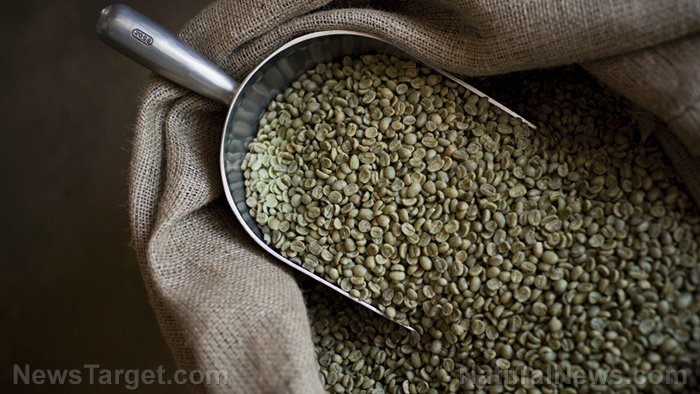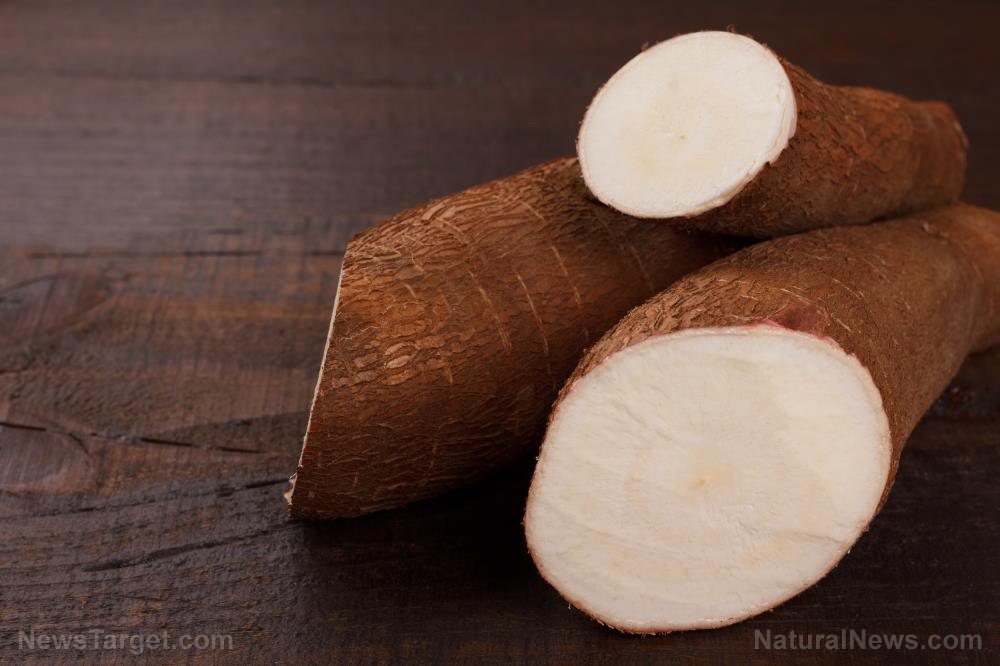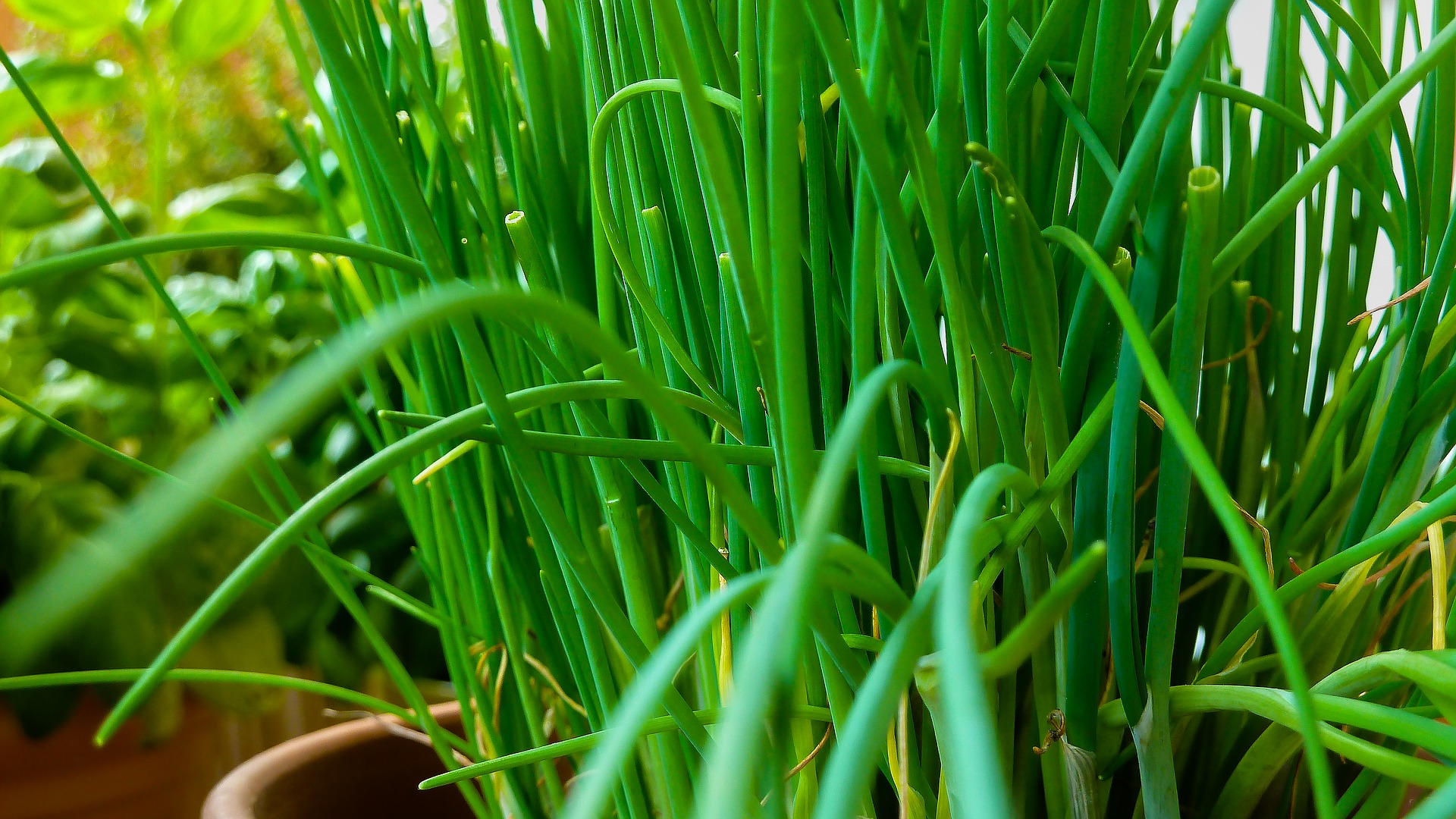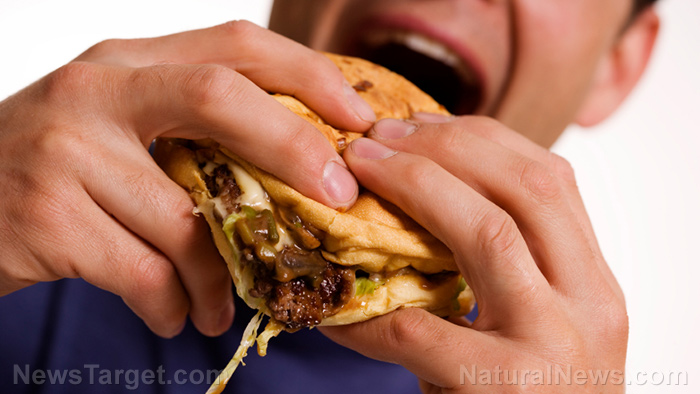The importance of quercetin in muscle health
11/14/2018 / By Ralph Flores

Quercetin is often talked about as a beneficial compound found in most fruits, but a study led by researchers from the University of Ulsan in South Korea indicated that this flavonoid is useful even on its own. In this study, published in the Journal of Medicinal Food, researchers discovered that quercetin, when isolated, can be used to treat muscle atrophy caused by obesity. The researchers used mice treated with a protein called tumor necrosis factor alpha or TNFa to mimic an atrophy in the skeletal muscles.
Obesity is a known global issue. In the U.S., at least four out of 10 adults are classified as obese, making it one of the countries with the greatest prevalence of overweight and obese adults. Obesity also increases the risk of chronic diseases such as heart disease, stroke, Type 2 diabetes, and cancer. However, what most people don’t know is that obesity can also adversely affect bone density and muscle mass.
A study from Florida State University calls this osteosarcopenic obesity – a type of obesity that results in deteriorating strength and mass for both muscles and bones. In their study, researchers found that women with 30 percent of fat tissue are more likely to have problems with bone density and muscle mass. That risk is higher for older women.
To prevent this, the authors looked at quercetin, a plant-based compound known for its multiple health benefits. The flavonoid, which gives certain flowers and fruits their vibrant colors, contains antioxidants and anti-inflammatory properties, which can guard against heart disease and cancer, among other diseases. It also functions as a natural antihistamine and offers protection against a slew of allergy symptoms, including a runny nose, watery eyes, and itching. For men, it can improve the quality of life for those suffering from prostate problems such as prostatitis and prostate cancer.
Mother Nature's micronutrient secret: Organic Broccoli Sprout Capsules now available, delivering 280mg of high-density nutrition, including the extraordinary "sulforaphane" and "glucosinolate" nutrients found only in cruciferous healing foods. Every lot laboratory tested. See availability here.
In the study, researchers looked at whether quercetin could affect the mice treated with the TNFa protein. The team pointed out that obese patients have elevated levels of TNFa, which can degrade protein and cause sarcopenia and muscle atrophy. They found that quercetin was able to improve biomarkers for atrophy, which indicated its efficacy in preventing muscle degeneration. It also prevented cell degeneration and blocked atrophic responses in the skeletal muscle.
The authors concluded that quercetin, when used as a supplement, can inhibit obesity-related muscle atrophy. This, they added, opens up new avenues to further develop quercetin as a dietary supplement for the condition.
Great sources of quercetin
Fortunately, it’s easy to get your daily fill of quercetin, given its abundance in many plant-based foods. It’s also good to know that most quercetin-rich foods are also rich in dietary fiber, vitamins, and minerals that offer unique health benefits. (h/t to Livestrong.com)
- Capers — These flower buds contain 14.8 milligrams of quercetin per tablespoon, making it one of the greatest sources of this flavonoid, according to the U.S. Department of Agriculture. Most capers sold in stores are brined in salt, which increases their sodium content. Rinse them thoroughly before serving to get the most out of it.
- Onions — All onions are rich in quercetin. However, this only applies to fresh onions, as the bulbs can lose over 25 percent of their quercetin content after a week in storage.
- Fruits — The best sources of quercetin in fruit are those with a deep red or blue hue. These include cranberries, blueberries, and black plums, which have the highest quercetin content among fruits. Other sources include chokeberries, black currants, apples, and cherries.
Learn more about the other benefits of quercetin at SupplementsReport.com.
Journal Reference:
Tagged Under: bone health, cytokines, fight obesity, fitness, inflammation, muscle atrophy, natural cures, natural medicine, natural remedies, prevention, quercetin, slender, tumor necrosis factor-alpha


















